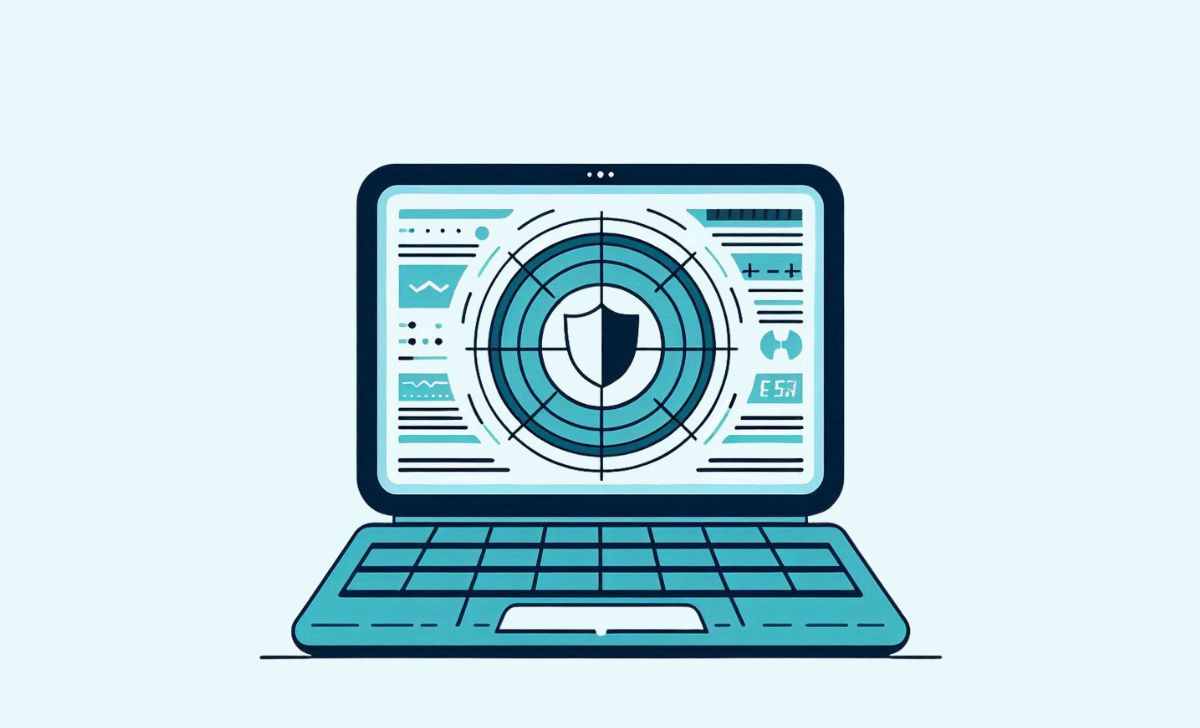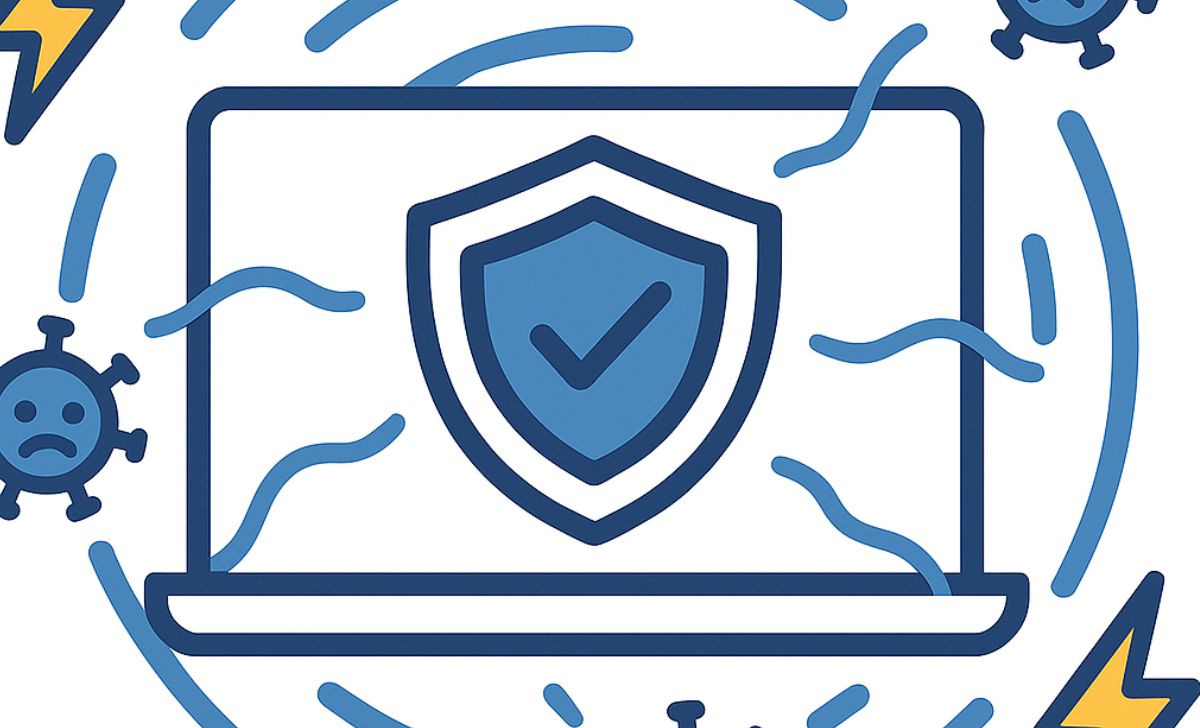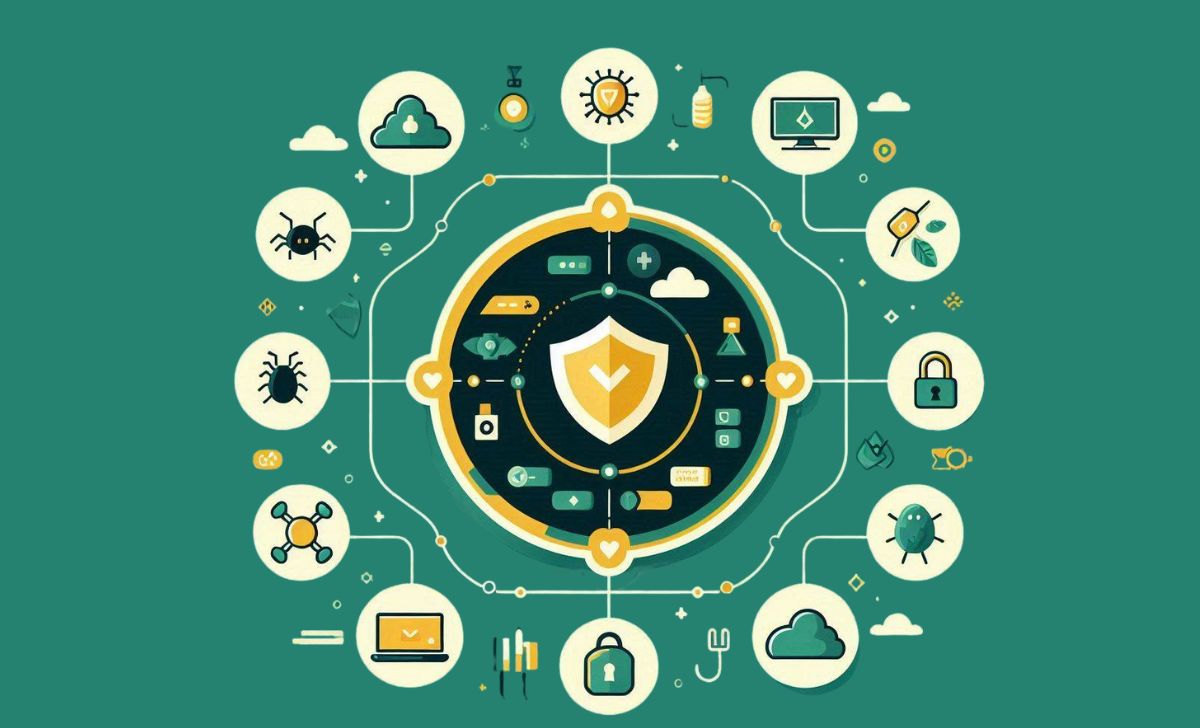An AV scanner is a modern antivirus software that detects, blocks, and removes threats such as malware, spyware, and ransomware from your devices. Its real-time protection technology continuously monitors your system, automatically identifies and handles malicious files, and updates the latest virus databases to provide optimal defense against today’s cyber risks.
User experience with AV scanners is increasingly enhanced through user-friendly interfaces, simple operation, fast scanning, and instant alerts when threats are detected. Many AV scanners also integrate cleaning tools, device optimization, and multi-platform support, offering peace of mind and convenience for both individuals and businesses. For more details and to choose the right AV scanner, keep reading the article from TOPCOIN9 below!
What Is an AV Scanner?

An AV scanner (Antivirus Scanner) is a software tool designed to detect, prevent, and remove malware including viruses, worms, trojans, and other malicious software from computers and networks (Wikipedia, 2023; U.S. Department of Commerce, 2006). AV scanners work by scanning files, memory, and storage devices for known virus signatures, suspicious behaviors, or heuristic patterns that may indicate the presence of malware (Wikipedia, 2023; U.S. Department of Commerce, 2006).
Key functions of an AV scanner include:
- Signature-based detection: Comparing files to a database of known malware signatures, which is regularly updated to address new threats (Wikipedia, 2023).
- Heuristic analysis: Identifying suspicious file structures or behaviors that may indicate previously unknown malware (Wikipedia, 2023).
- Real-time and on-demand scanning: Scanning can occur automatically as files are accessed (real-time) or be initiated manually by the user (on-demand) (Wikipedia, 2023; U.S. Department of Commerce, 2006).
- Quarantine and removal: Infected files are isolated to prevent further harm and can be repaired or deleted (Wikipedia, 2023).
AV scanners are essential for cybersecurity, helping protect systems from a wide range of digital threats. They are widely used on personal computers, servers, and at network boundaries such as firewalls (Wikipedia, 2023; U.S. Department of Commerce, 2006).
For those who store digital assets in a crypto wallet, using a reliable AV scanner is even more crucial. Malware and phishing attacks can specifically target crypto wallets, aiming to steal private keys or seed phrases, so robust antivirus protection is an essential layer of defense for every crypto investor.
With a clear understanding of what an AV scanner is and its fundamental role in cybersecurity, the next step is to explore how real-time protection works to keep your devices safe.
How Real-Time Protection Works

Real-time protection is a security feature in antivirus software that continuously monitors your device for threats such as viruses, malware, and spyware as files are accessed, downloaded, or executed (Wikipedia, 2023; Microsoft, 2025). This proactive approach helps detect and block malicious activity instantly, preventing infections before they can cause harm (Wikipedia, 2023; Microsoft, 2025).
Key mechanisms of real-time protection include:
- On-access scanning: Every file, program, or attachment is automatically scanned in real time when opened, saved, or executed, ensuring immediate threat detection (Wikipedia, 2023; UConn, 2024).
- Behavioral analysis: The software monitors for suspicious behaviors or unusual activities, such as unauthorized file modifications or network connections, to identify new or unknown threats (Wikipedia, 2023).
- Cloud-based updates: Many solutions use cloud intelligence to access the latest threat databases, improving detection accuracy and response speed (UConn, 2024).
If a threat is detected, real-time protection will either quarantine, block, or remove the malicious file automatically, alerting the user to take further action if needed (Microsoft, 2025; UConn, 2024). Turning off real-time protection, even temporarily, can leave your device vulnerable, so it is recommended to keep this feature enabled at all times (Microsoft, 2025).
After learning about real-time protection mechanisms, it’s important to examine the key features that set modern AV scanners apart in today’s digital landscape.
Key Features of Modern AV Scanners

Modern AV (Antivirus) scanners provide robust, multi-layered protection by combining several advanced technologies to detect, block, and remove threats in real time (Wikipedia, 2023; Govt Polytechnic Panchkula, n.d.).
- Signature-Based Detection: Compares files against a vast database of known malware signatures for rapid identification of established threats (Wikipedia, 2023; Govt Polytechnic Panchkula, n.d.).
- Heuristic and Behavior-Based Analysis: Uses algorithms and behavioral monitoring to identify suspicious activities or unknown malware by detecting abnormal actions, such as unauthorized file changes or network connections (Wikipedia, 2023; TechTarget, 2023).
- Real-Time Protection: Continuously monitors files, downloads, and running processes, blocking threats as they appear without waiting for manual scans (Wikipedia, 2023; UCL, 2024).
- Cloud-Based Threat Intelligence: Leverages cloud databases for up-to-date malware definitions and rapid response to emerging threats, reducing reliance on local updates (TechTarget, 2023).
- Sandboxing: Runs suspicious files in a secure, isolated environment to safely analyze their behavior before allowing them to interact with the system (Wikipedia, 2023; TechTarget, 2023).
- Automatic Quarantine and Removal: Infected or suspicious files are isolated to prevent further harm and can be safely deleted or restored after review (Wikipedia, 2023; Govt Polytechnic Panchkula, n.d.).
- Web and Email Protection: Scans URLs, web pages, and email attachments for malicious content, blocking phishing and drive-by download attacks (Wikipedia, 2023; UCL, 2024).
- Firewall Integration: Many modern AV solutions include or integrate with firewalls to monitor and control network traffic, preventing unauthorized access and data leaks (Wikipedia, 2023).
If you are active in the NFT space, using an nft tracker alongside your AV scanner can help you monitor NFT collections, sales, and wallet activity in real time. NFT trackers aggregate data across multiple marketplaces and blockchains, providing insights into rarity, price trends, and transaction history making them an essential tool for NFT investors and collectors.
These features ensure comprehensive, proactive defense against evolving cyber threats, making modern AV scanners essential for personal and organizational cybersecurity (Wikipedia, 2023; UCL, 2024).
With these features in mind, let’s move on to real user experiences and feedback to see how AV scanners perform in everyday scenarios.
User Experience and Real-Life Feedback

User experience (UX) with modern AV scanners is shaped by factors such as ease of use, system performance impact, and the effectiveness of threat detection (Wikipedia, 2023; UCL, 2024). Studies and user surveys highlight that intuitive interfaces, minimal false positives, and low resource consumption are highly valued by both individual and organizational users (Wikipedia, 2023; UCL, 2024).
- Ease of Use: Leading AV solutions are designed with user-friendly interfaces, making it simple for users to configure settings, schedule scans, and respond to alerts (Wikipedia, 2023).
- Performance Impact: Users report that lightweight AV programs with optimized scanning engines have less impact on system speed, which is crucial for productivity (UCL, 2024).
- Detection and Response: Real-life feedback emphasizes the importance of accurate threat detection and timely updates, as these directly affect user trust and perceived security (Wikipedia, 2023; UCL, 2024).
- Support and Documentation: Comprehensive help resources and responsive customer support further enhance the user experience, especially in enterprise environments (Wikipedia, 2023).
Independent testing organizations and academic studies confirm that user satisfaction is highest with AV scanners that balance strong protection, usability, and system performance (Wikipedia, 2023; UCL, 2024).
Once you’ve reviewed real-life feedback, the final step is to consider practical tips for choosing the right AV scanner to match your specific needs and preferences.
Choosing the Right AV Scanner for Your Needs
Selecting the right antivirus (AV) scanner is crucial for ensuring effective protection against malware and other cyber threats (Wikipedia, 2023; NIST, 1992). The best choice depends on your specific requirements, system compatibility, and the balance between security and usability (Wikipedia, 2023; NIST, 1992).
- Detection Accuracy: Choose AV scanners with high detection rates for known and emerging threats, as verified by independent testing organizations (Wikipedia, 2023; NIST, 1992).
- Ease of Use: Opt for solutions with intuitive interfaces and clear instructions, ensuring that both beginners and advanced users can operate them efficiently (Wikipedia, 2023; NIST, 1992).
- System Performance: Select AV scanners that offer strong protection without significantly slowing down your device or interfering with daily tasks (Wikipedia, 2023; NIST, 1992).
- Update Frequency: Ensure the software receives regular updates to recognize the latest threats, as outdated definitions can leave your system vulnerable (Wikipedia, 2023).
- Administrative Overhead: For organizations, consider the resources needed for deployment, updates, and support. Some tools require more technical maintenance than others (NIST, 1992).
- Compatibility: Confirm that the AV scanner is compatible with your operating system and other security tools you may use (Wikipedia, 2023).
- Independent Test Results: Review results from reputable independent labs and academic institutions to assess the effectiveness and reliability of AV scanners (Wikipedia, 2023; NIST, 1992).
By evaluating these factors, you can select an AV scanner that best matches your personal or organizational needs, ensuring robust and efficient protection against evolving cyber threats (Wikipedia, 2023; NIST, 1992).
In summary, AV scanners play a vital role in cybersecurity by providing comprehensive protection against malware and other threats through advanced detection technologies and real-time monitoring. Real-time protection ensures that threats are identified and neutralized instantly, minimizing risk and maintaining system integrity for users. For the latest insights and recommendations on choosing the best AV scanners, visit TOPCOIN9 for expert guidance and user-focused reviews.

Sophia Mitchell is a passionate crypto educator with 6+ years of experience in blockchain training and community building. She has led educational initiatives for major crypto platforms and now empowers the TopCoin9 audience with valuable insights into Web3, staking, and DeFi.
Email: [email protected]












